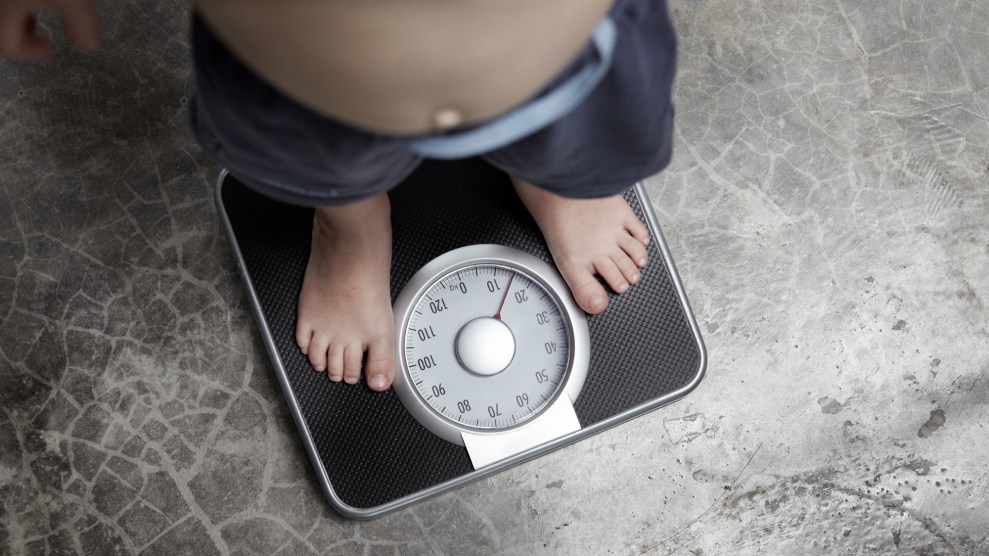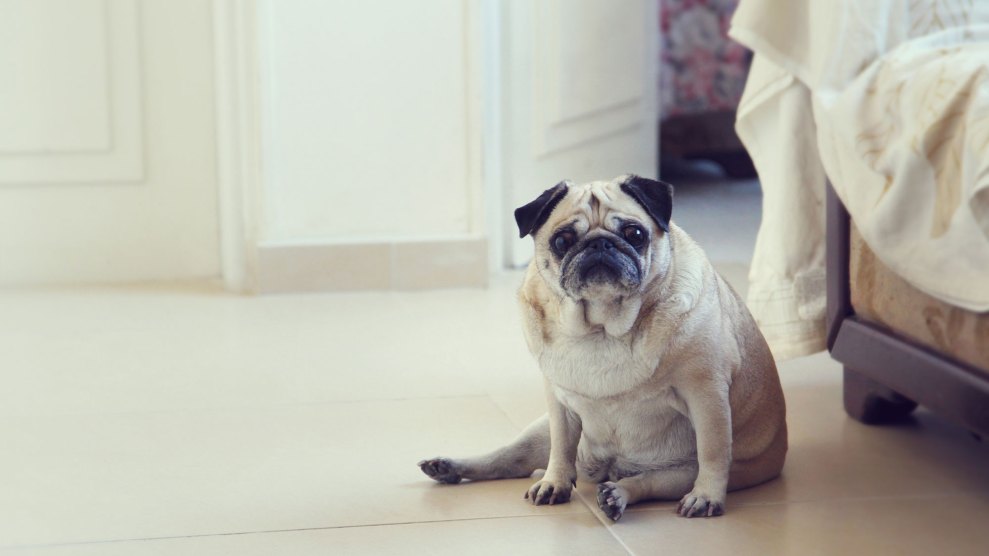
Sandro Rybak
Earlier this year, one of the nation’s most influential medical associations released a new set of guidelines for treating childhood obesity. And it nearly broke the internet.
The recommendations, issued by the American Academy of Pediatrics for the first time in 16 years, say that pediatricians should stop taking a “watchful waiting” approach and instead embrace early, aggressive action to treat children and teens with obesity, which AAP defines as having a body mass index, or BMI, at or above the 95th percentile for a child’s age and sex. The group recommends “intensive health behavior and lifestyle treatment” for families with children as young as 2 years old, and in addition, weight-loss drugs for children 12 and up, and surgery for children 13 and up with severe obesity.
The reason for the shift in guidelines, experts tell me, is not only that doctors have more experience with weight-loss surgery and drugs than ever before, but also that the field’s understanding of obesity has changed: Researchers now know that childhood obesity is a result of genetic, socioeconomic, and environmental factors, not a personal choice. “It’s not a situation of gluttony,” says Mary Savoye, associate director of pediatric obesity at the Yale School of Medicine. “It’s actually a complex disease.” And by acting early, researchers say, children can reduce their future risk of high blood pressure, diabetes, and fatty liver disease, which can lead to severe illness and premature death. Lifestyle therapy, says Sandra Hassink, a past president of AAP and an author of the new guidelines, is aimed at “pushing back” against unhealthy environments, with drugs and surgery serving as “adjuncts” to changes in diet and exercise.
In response to the new guidance, personal responsibility advocates argued that children just ought to eat better and exercise more. Fat acceptance advocates pointed out that AAP’s emphasis on BMI was misguided, and would only increase weight stigma. (Indeed, it’s possible to be considered “overweight” or “obese” and be in good health—but the AAP guidelines, experts emphasize, are intended for children with high BMI and health concerns like Type 2 diabetes.)
Scientists on the front lines of obesity research, meanwhile, raised another important question: If these new treatments are the best option for kids, why are they so difficult to obtain? Intensive behavioral counseling, for instance, typically takes place at an academic medical center. It often involves weekly sessions on exercise, nutrition education, support group sessions for parents, and conversations with kids about things like self-esteem and bullying. But according to AAP and the US Department of Health and Human Services, the most effective of these programs— which have been shown to help kids lose between 3.5 and 18 pounds—are rare in the United States. In fact, Dr. Thomas Robinson, a professor of pediatrics and of medicine at Stanford University who leads a behavior change program for families, estimates there are fewer than one to two dozen lifestyle programs like his across the country, and almost all aren’t covered by public or private insurance. “How could the American Academy of Pediatrics say an aggressive family-based comprehensive program is standard of care, this should be the first line of intervention, but yet, wait a minute. Oh, it’s not covered by insurance?” says Savoye, who runs a similar program at Yale called Bright Bodies. A November 2022 study by AAP found that most teen bariatric surgeries are paid for by private insurance rather than Medicaid. Only a handful of state Medicaid programs cover weight-loss medication, which can cost up to $1,600 a month. It’s even more difficult to get it covered by private insurance.
This, of course, means the children who are already disproportionately affected by obesity—those living in low-income areas and people of color—are least likely to receive cutting-edge treatments. According to the Centers for Disease Control and Prevention, obesity affects about 15 million children, including about one in four Black and Latino children, one in six white children, and one in 11 Asian American children. And that tracks with health outcomes: By the most recent estimates, Black and Latino children, for instance, are about nine and five times more likely, respectively, to suffer from Type 2 diabetes than white children. With new treatment options concentrated among the affluent, you can expect that disparity to only get bleaker.
Worse, the lack of access to treatments may limit future research—and specifically, who is able to participate. The first studies on adolescent bariatric surgery, notes Gabriel Shaibi, a professor at Arizona State University, where he studies pediatric obesity and diabetes, were primarily conducted on non-Hispanic, white females (the group most likely to seek the procedure). And because drugs and surgery are relatively new options for kids, scientists are still studying their long-term risks and benefits. It’d help if the participants in those trials looked like, well, America.
Things are changing: In the last decade, Shaibi says, researchers studying obesity have realized the need to work directly with underserved communities. He and his colleagues, for instance, partnered with the YMCA and other community groups to conduct a lifestyle-change study in Phoenix beginning in 2016 among Latino adolescents with prediabetes and BMIs at or higher than the 95th percentile. The researchers’ community-based lifestyle program, which consisted of nutrition education, physical activity, and family discussions, was just as effective in reducing kids’ diabetes risk as seeing a dietician and pediatric endocrinologist—and more effective at improving the kids’ self-reported quality of life.
That’s not the only area for improvement: Expanded insurance coverage would mean more participants from all backgrounds could join AAP-recommended programs like those run by Shaibi, Savoye, and Robinson (whose lab I worked at in college, though not on anything obesity related). And, it couldn’t hurt to simply have more of them across the country, a point that doesn’t seem lost on the CDC: In January, the CDC announced more than $400 million in funding over the next five years for diabetes prevention projects, including “evidence-based, family-centered childhood obesity interventions” focused on reducing health disparities in at-risk groups.
The new AAP guidelines, Shaibi hopes, will help keep pediatricians up to date on the latest science—but he worries their response will be, “‘Well, all right. How do you expect us to do this in the current system?’” He adds, “Our health care system has to change.”













